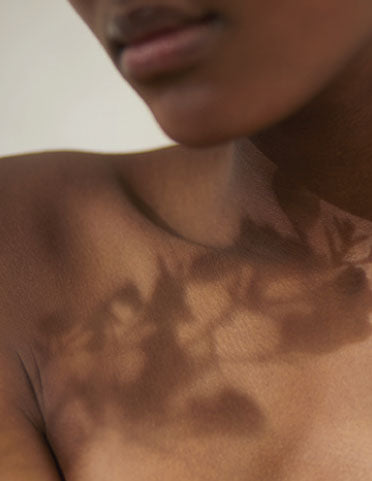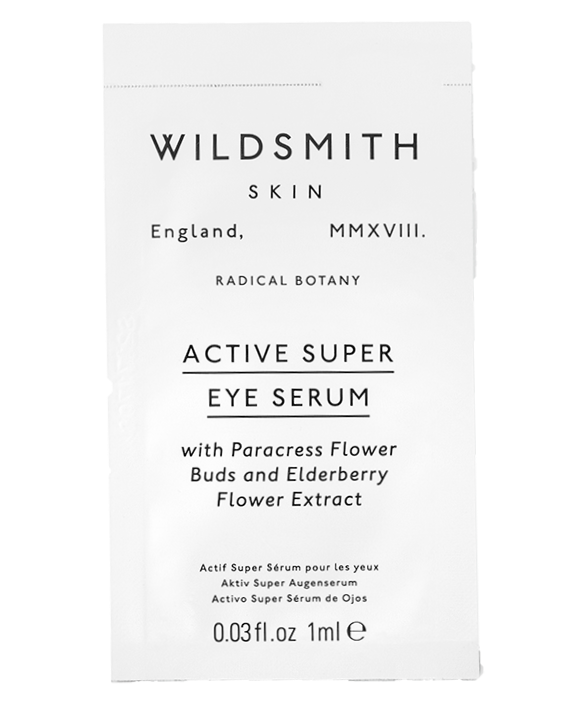Observing from the edge of city of Bath, Alex’s interest in visual astronomy began in his teens progressing from admiring the work of others to building his own observatory in 2017 and seeing his photography published in Sky at Night and Astronomy Now.
Could you tell us a little bit about yourself and what drew you to astrophotography?
Originally from Hampshire, I spent 10 years in Hong Kong before ending up in Bath to study architecture at university. My first memory of star gazing was being dragged out of bed in the early hours of the morning to stand on a beach in Bali in 1986 to look for Halley’s Comet – we didn’t see it. It was another comet, Hale-Bopp that re-ignited my interest in astronomy as a teenager when it reached naked eye visibility in 1997. I could see if from my bedroom window and may have even tried to photograph it too.
I bought my first telescope about 15 years ago and even though it had certain automated features, I had to learn the positions of the brightest stars to be able to point it accurately and track down other targets. I was able to see the planets and brightest deep sky objects as fuzzy patches in the eyepiece. Perhaps driven by wanting to show others what I’d seen, I tried to take photographs through the eyepiece using a basic method called eyepiece projection. It involved dangling a (then puny) 1 megapixel camera off the end of a small telescope. The results were underwhelming but I was still capturing photons that may have travelled millions of light years to reach me.
I had caught the bug and so began an ongoing cycle of buying and selling kit, acquiring more accessories and investing in dedicated astrophotography equipment. Inspired by some of the great observatories from history (as both an architect and astronomer) I always wanted to have my own. In 2017 I set about designing and building one in my garden, later dubbed the BLT (Bathampton’s Little Telescope). An observatory is essentially a timesaving tool meaning you can leave your equipment set up ready for the next session without having to first assembling then disassembling your rig in the dark with everything getting cold. This revolutionised my ability to plan and execute shots of chosen targets. Each new image is still a challenge to photograph then process. I built a website to share my images and to describe the observatory build process as inspiration for other amateurs.
How do you decide your photographic subject?
I plan my targets by the seasons and use an app to check the sky position and framing. I try to collect new targets but can’t resist returning to old favourites. The spring is ideal for galaxy hunting when the constellations of Leo and Virgo are due south overnight. Autumn is the best time for the Great Andromeda Galaxy and the Milky Way through Cygnus. The winter constellations are dominated by Orion, Taurus and Gemini packed full of bright nebulae and star clusters. The summer is best for the Milky Way Core – if it ever gets dark enough.
The Moon is a regular monthly visitor with subtle variations in each phase. Solar activity can be photographed anytime the clouds stay away using special heat rejection filters. Planets come and go through the year on their own timetable and occasionally you’ll get fleeting groupings of planets or the Moon together making a pleasing photographic target. Sometimes these rare events will require a trip out to a more remote location to catch a better view than I can get from home. The astronomical year is also sprinkled with the odd partial eclipse, meteor showers and comets. It’s fun to plan for these, always accepting you’re at the mercy of the British weather.
What goes into taking a photograph such as the The Milky Way Core and Melotte 15 Heart of the Heart?
The Moon is a wonderful target to photograph and anyone can have a go. It is so big and bright that it works well as part of a landscape composition, around buildings and structures or when zoomed in close into the craters and valleys on the surface. For capturing the Moon phases like a waxing crescent, I would use a telephoto lens or small telescope with a short focal length around 200-400mm. It can be captured in one short exposure or as a stack to reduce camera noise. Short exposures don’t need a special tripod so its quick to set up and get the shot in a few minutes.
The Moon could well dominate the headlines from late 2022 into 2023 as NASA launch the first Artemis missions to return male and female astronauts to the lunar surface. Imagine how the resolution of photography and videos will compare to 1960s technology! It promises to be specular.
The images selected for the Celestial Collection were taken at different times of the year with totally different equipment.This helps me to explain to my wife why I need 4 telescopes and not just one; they all do different things for different targets.
IC1805 or the Heart Nebula is a large gaseous structure in the constellation Cassiopeia, that has a recognisable heart shape when viewed with certain filters. Within the heart shape is another object from different catalogue called Melotte 15. It features complex gas structures illuminated by nearby young stars with dark gas lanes creating silhouettes. This helps give the image depth, variety and a near 3D quality. The total exposure time is 1 hour using a computerised tracking mount in my home observatory, a very long focal length telescope and special filters.
The Milky Way Core is a huge target that requires a wide field of view. It is much more suited to DSLR photography than a telescope.
I conducted a daytime reccy to check out a spot near home, looking south above the Kennet & Avon canal as it snakes its way out of Bath’s hills towards Wiltshire. Using an astronomy app I was able to confirm the Core would be visible from here around 11pm. Once darkness had fallen, I set off for my pre-planned location with a rucksack containing a camera, wide-angle lens, portable star tracker, tripod, battery packs and head torch. I aligned my tracker with Polaris the north star and ran a series of long exposures to be combined later. I also used a filter to make the red & pink regions of Hydrogen Alpha gas stand out more prominently. It is certainly unnerving being alone at night in the pitch black, semi-wilderness, but once your eyes have adapted you simply to have look up to avoid any feeling of being alone.
Do you have any upcoming shoots planned for 2023 / anything you’d like to shoot next?
There are a number of exciting photographic opportunities coming in 2023. Mars will dominate the skies this year, and is always unmistakeably red and bright to the naked eye. It will form a close pairing with the Moon at the end of January, February & March so there’ll be three opportunities to see them close together. We also have a partial lunar eclipse in Oct 2023. I have recently taken up solar photography using a special attachment that makes it safe for me to photograph the sun. I hope to capture a transit of the International Space Station as it passes between me and the sun; a tiny fleck of humanity silhouetted against the furious, roiling surface of our nearest star. Incredibly, there’s an app that tells you when this might happen from any given location. I tried all through 2022 and kept being clouded out, so this is one photograph I will continue to pursue when the opportunity presents itself.
Do you have any tips for new people to astrophotography?
If you’re interested in trying astrophotography there are so many resources out there and people willing to help. Any old camera you have knocking about can be useful, as can your smart phone. Without needing any fancy tracking equipment, you can capture the constellations, the Milky Way and make star trails. There’s no better start than getting out a sun lounger and just looking up. If you join your local astronomical society or subscribe to a magazine, you’ll find practical help for learning the night sky, what equipment is suitable for you and how the make the best use of it. I used an old pair of binoculars to catch my first sight of Jupiter’s moons.
There’s also a friendly and inclusive online community of astrophotographers on Twitter, Instagram and YouTube who share images, tips and are a great source of inspiration. I’ve been corresponding with a friend’s Dad in Yorkshire for the past couple of years as he’s taken up the hobby. I’ve enjoyed imparting my knowledge (and mistakes!) to him and it’s rewarding to see the progress he’s making. On a cold winter night, astrophotography can be a labour of love, combining perseverance, a little skill and lots of luck. I love it.










